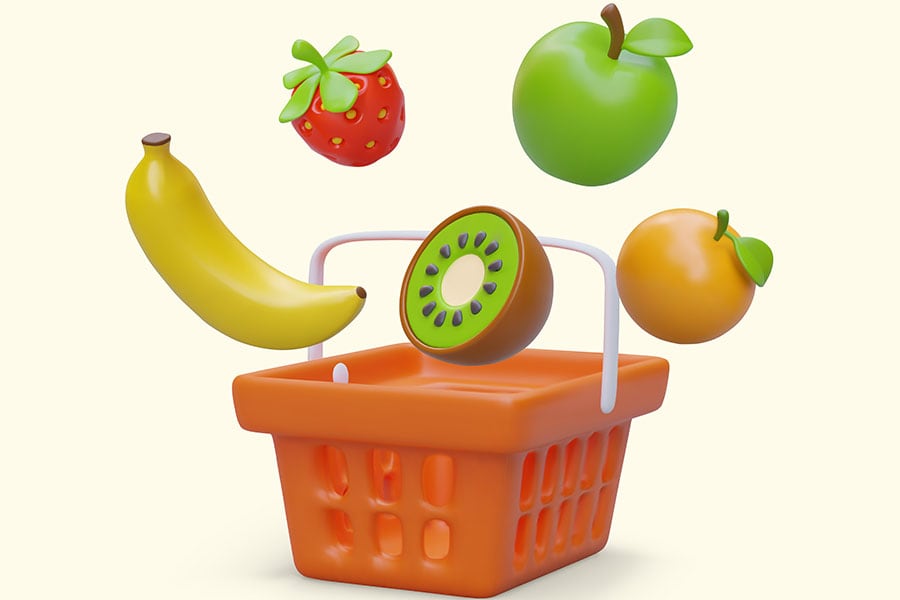How blockchain may boost freshness for grocery retailers
Fuqua professors found blockchain may increase profits and reduce waste in fresh food supply chains
 Market analysts predict that 20% of global grocers will use blockchain by 2025.
Image: Shutterstock
Market analysts predict that 20% of global grocers will use blockchain by 2025.
Image: Shutterstock
As demand for fresh food grows among consumers, retailers face uncertainty: How much of the perishable goods will get to the store past their prime, remain unsold, and eventually get wasted?
Take strawberries: they have a short shelf life and require strict storage conditions. They also get wasted in large numbers if they can’t meet consumers’ freshness standards.
But for grocery stores selling perishable goods such as strawberries, a solution may come from blockchain, according to research from Professors Jing-Sheng “Jeannette” Song and Bora Keskin of Duke University’s Fuqua School of Business, and Fuqua Ph.D. candidate Chenghuai Li.
In a paper forthcoming in the journal Management Science, the researchers found that blockchain technology, used throughout the supply chain, would provide retailers with real-time data about the condition of the product—allowing them to optimize their orders and only accept goods that will meet consumers’ expectations.
[This article has been reproduced with permission from Duke University's Fuqua School of Business. This piece originally appeared on Duke Fuqua Insights]

















